Giant Centipede - Scolopendra subspinipes

Giant Centipede - Scolopendra subspinipes
Scolopendra subspinipes (Scolopendromorpha - Scolopendridae) is a really huge and fast growing centipede that can exceed 20 cm in length. They are voracious, strictly carnivores, and also poisonous, feeding mostly on small insects, spiders, earthworms, and other arthropods.
Scolopendra subspinipes is cosmopolitan in tropical and subtropical regions of the world, where these animals serve an ecologically important role as soil and leaf litter predators.
The sting of this centipede reportedly causes intense pain, burning, swelling, and erythema.
References: [1] - [2] - [3]
Photo credit: ©Melvyn Yeo | Locality: not indicated (2013)
More Posts from The-sleepy-chemist and Others
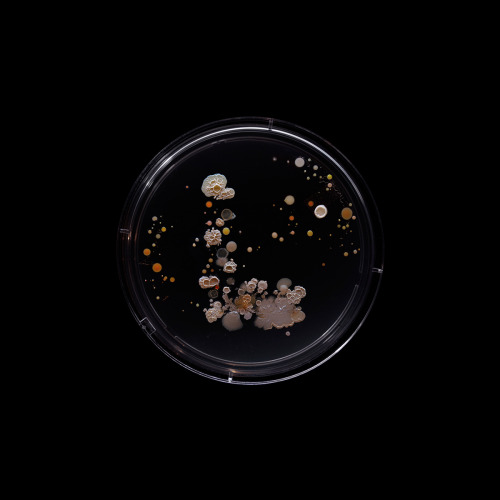
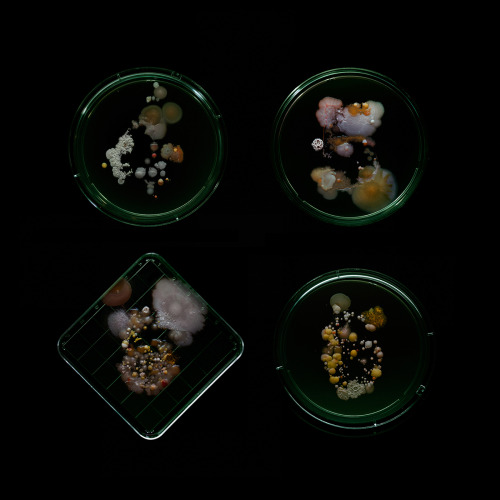
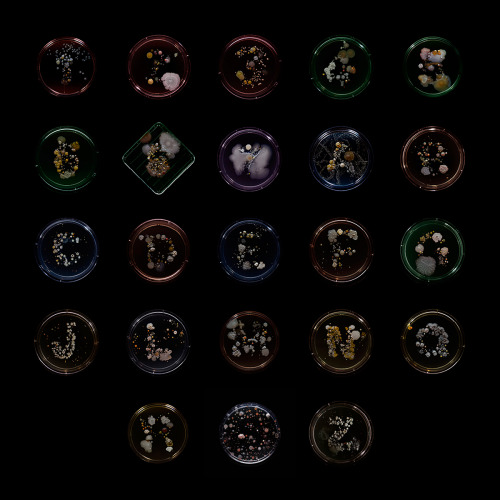
Subvisual Subway - Bacteria of the New York City subway- Craig Ward








daniel stoupin, a doctoral candidate in marine biology at the university of queensland, has photographed a variety of coral species from the great barrier reef using full spectrum light to reveal fluorescent pigments that would otherwise be invisible to the naked eye.
coral growth rates in the great barrier reef have plummeted 40 percent in the last 40 years, a result, according to a recent study, of increased ocean acidification.
since the beginning of the industrial revolution, about one third of the carbon dioxide that has been released into the atmosphere as a result of fossil fuels has been absorbed by the oceans, where it in turn prevents coral from using a mineral called aragonite to make their calcified skeletons.
new modelling has also shown that if ocean waters continue to warm by even one degree, which most now see as unstoppable, the coverage of corals on the great barrier reef could decline to less than 10 percent, which is a level too low for the reef to mount a recovery.
further complicating matters for the coral is the plastic detritus left by humans which now litter the oceans and which the coral now consume. unable to expel the plastic bits and thus take in nutrients, the coral slowly starve. a recent study found that each square kilometre of australia’s sea surface water is contaminated with approximately 4,000 pieces of tiny plastic.
You may be surprised about what you are ACTUALLY eating!

KISS OF DEATH
One of the reasons cancer is so hard to defeat is that the body’s immune system has trouble recognizing cancer cells growing among healthy cells. Some scientists want to help. Researchers designed mouse T cells to specifically bind to a protein complex on fibrosarcoma MC57 tumor cell membranes. In this sped-up video, once the T cells (each about 10 μm across) meet their targets, they create holes in the cancer cell membranes using a protein called perforin. Next, the immune cells flood the pierced cells with a rush of cell-killing granules called granzymes. Propidium iodide, a dye the scientists added to the plate of cells, also squeezes in through the hole and starts glowing red when it comes in contact with RNA and DNA inside the cancer cells. This tells the researchers that the cells have been pierced and will soon die. This process takes about 75 minutes in real time.
Credit: Misty Jenkins (Read the paper.)
Related C&EN content:
The Immune System Fights Back
Cancer-Killing Machine


The Tsars’s vodka in action. Aqua regia or Царская водка in Russian is a 3/1 mixture of hydrochloric acid and nitric acid.
Upon mixing concentrated hydrochloric acid and concentrated nitric acid a chemical reactions occurs. The product of the reaction is nitrosyl chloride and chlorine as evidenced by the fuming nature and characteristic yellow color of aqua regia. In this case the dissolved copper and other transition metals turned the color of the solution deep green, but the gas over the solution is yellow from the chlorine and nitrous fumes.
Interesting fact about the Nobel prize and the dissolution of gold:
When Nazi Germany occupied Denmark from April 1940, during World War II, György de Hevesy dissolved the gold Nobel Prizes of Max von Laue and James Franck with aqua regia; it was illegal at the time to send gold out of the country, and were it discovered that Laue and Franck had done so to prevent them from being stolen, they could have faced prosecution in Germany. He placed the resulting solution on a shelf in his laboratory at the Niels Bohr Institute. After the war, he returned to find the solution undisturbed and precipitated the gold out of the acid. The Nobel Society then recast the Nobel Prizes using the original gold.
George de Hevesy got his Noble Prize in Chemistry for ”for his work on the use of isotopes as tracers in the study of chemical processes” in 1943.
Max von Laue got his Nobel Prize in Physics for ”for his discovery of the diffraction of X-rays by crystals” in 1914.
James Franck got his Nobel Prize in Physics ”for his discovery of the laws governing the impact of an electron upon an atom” in 1925.










A reminder that the inside of the cell is as beautiful as outer space.
Digital Renders by Evan Ingersoll & Gael McGill
Paintings by David Goodsell

This week is Antibiotic Awareness Week – learn more about the different types of antibiotics with this graphic!

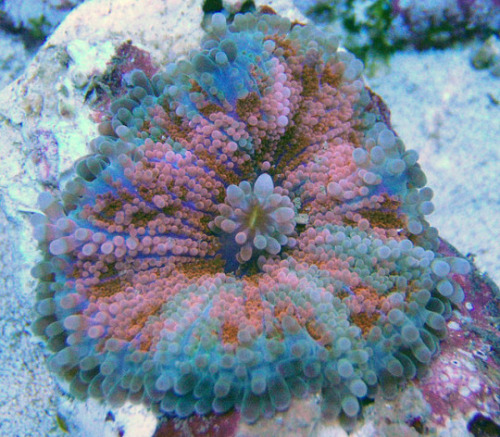
Flower Mushroom Coral - Ricordea yuma
Ricordea yuma (Corallimorpharia - Ricordeidae) is a species of soft coral belonging to a group commonly referred to as mushroom corals. These soft corals are very popular among aquarists due to their vibrant and varied color patterns.
Ricordea yuma is found in the tropical Pacific. Like other Corallimopharians, this one has the ability to rapidly colonize available substrate.
References: [1] - [2] - [3]
Photo credits: [Top: ©Felix Salazar | Locality: nano reef tank, 2008] - [Bottom: ©Scott Cohen | Locality: reef tank, 2009]
We Are Built To Be Kind
Greed is good. War is inevitable. Cooperation is for suckers.
Whether in political theory or popular culture, human nature is often portrayed as selfish and power hungry. UC Berkeley psychologist Dacher Keltner challenges this notion of human nature and seeks to better understand why we evolved pro-social emotions like empathy, compassion and gratitude.
Subscribe to Fig. 1 on YouTube
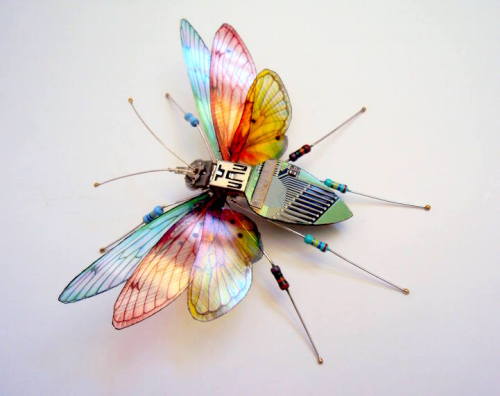
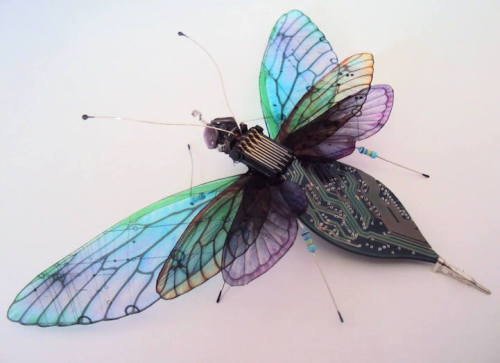
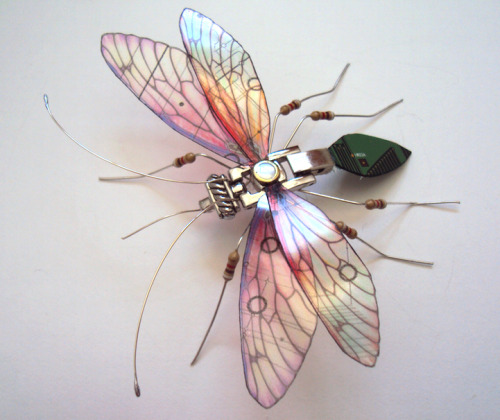
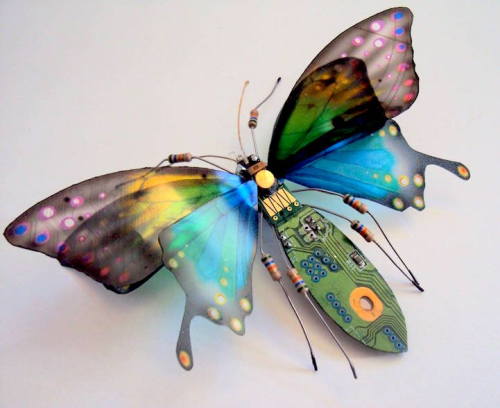
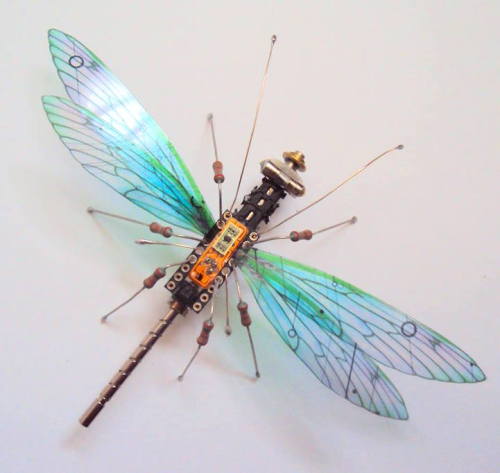
Beautiful Winged Insects Made of Discarded Circuit Boards by Julie Alice Chappell
-
 hiraethhomeland liked this · 5 years ago
hiraethhomeland liked this · 5 years ago -
 goateyed-blog reblogged this · 7 years ago
goateyed-blog reblogged this · 7 years ago -
 antmimic-archive reblogged this · 7 years ago
antmimic-archive reblogged this · 7 years ago -
 we-oream liked this · 7 years ago
we-oream liked this · 7 years ago -
 yuntheanimeson liked this · 8 years ago
yuntheanimeson liked this · 8 years ago -
 randombiologystuff reblogged this · 8 years ago
randombiologystuff reblogged this · 8 years ago -
 diableriezer liked this · 8 years ago
diableriezer liked this · 8 years ago -
 fruitshi liked this · 8 years ago
fruitshi liked this · 8 years ago -
 dankmemebrowser liked this · 8 years ago
dankmemebrowser liked this · 8 years ago -
 brandef reblogged this · 8 years ago
brandef reblogged this · 8 years ago -
 brandef liked this · 8 years ago
brandef liked this · 8 years ago -
 cutepilled reblogged this · 8 years ago
cutepilled reblogged this · 8 years ago -
 cutepilled liked this · 8 years ago
cutepilled liked this · 8 years ago -
 hypomantis reblogged this · 8 years ago
hypomantis reblogged this · 8 years ago -
 fog6v7a4m8p5i8r3i8s1m0 liked this · 8 years ago
fog6v7a4m8p5i8r3i8s1m0 liked this · 8 years ago -
 talkativetiad liked this · 8 years ago
talkativetiad liked this · 8 years ago -
 firesuperstar liked this · 8 years ago
firesuperstar liked this · 8 years ago -
 zoomorphicvessel liked this · 8 years ago
zoomorphicvessel liked this · 8 years ago -
 ougiebougie liked this · 8 years ago
ougiebougie liked this · 8 years ago -
 petesdragon liked this · 8 years ago
petesdragon liked this · 8 years ago -
 decomdozing-blog liked this · 8 years ago
decomdozing-blog liked this · 8 years ago -
 bucketriderr-blog liked this · 8 years ago
bucketriderr-blog liked this · 8 years ago -
 rotten-mind reblogged this · 8 years ago
rotten-mind reblogged this · 8 years ago -
 rotten-mind liked this · 8 years ago
rotten-mind liked this · 8 years ago -
 rat---trap-blog reblogged this · 8 years ago
rat---trap-blog reblogged this · 8 years ago -
 captain-slowlycleverangel-me liked this · 8 years ago
captain-slowlycleverangel-me liked this · 8 years ago -
 wicked-d00d reblogged this · 9 years ago
wicked-d00d reblogged this · 9 years ago -
 myriapodlove reblogged this · 9 years ago
myriapodlove reblogged this · 9 years ago -
 fairxily-blog liked this · 9 years ago
fairxily-blog liked this · 9 years ago -
 ophiuchan reblogged this · 9 years ago
ophiuchan reblogged this · 9 years ago -
 ophiuchan liked this · 9 years ago
ophiuchan liked this · 9 years ago -
 amidahime reblogged this · 9 years ago
amidahime reblogged this · 9 years ago -
 int0nerthree reblogged this · 9 years ago
int0nerthree reblogged this · 9 years ago -
 int0nerthree liked this · 9 years ago
int0nerthree liked this · 9 years ago
60 posts